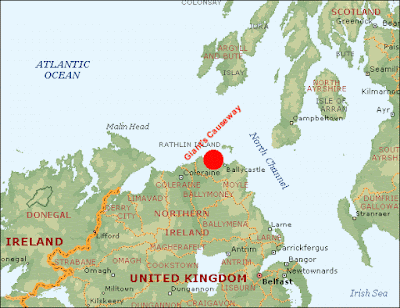Mendenhall Ice Caves, Juneau, Alaska
The Mendenhall Glacier is a 12-mile-long glacier in the Mendenhall Valley, located only 12 miles from downtown Juneau in Southeast Alaska. Federally protected as part of the Mendenhall Galcier Recreation Area, a unit of the Tongass National Forest, the glacier originally had two names, Sitaantaagu ("Glacier Behind the Town") and Aak'wtaaksit ("Glacier Behind the Little Lake").
The Ice Caves are inside the glacier, accessible only to those willing to kayak to, and then ice climb over the glacier. However, the glacier is retreating increasingly fast as global warming heats the oceans and temperatures rise.
Monitored since 1942 by the Juneau Icefield Research Program, the Mendenhall Glacier has receded almost two miles since 1958, while previously it had receded only 0.5 miles since 1500. The caves are in part a function of this increased glacial melting.










































